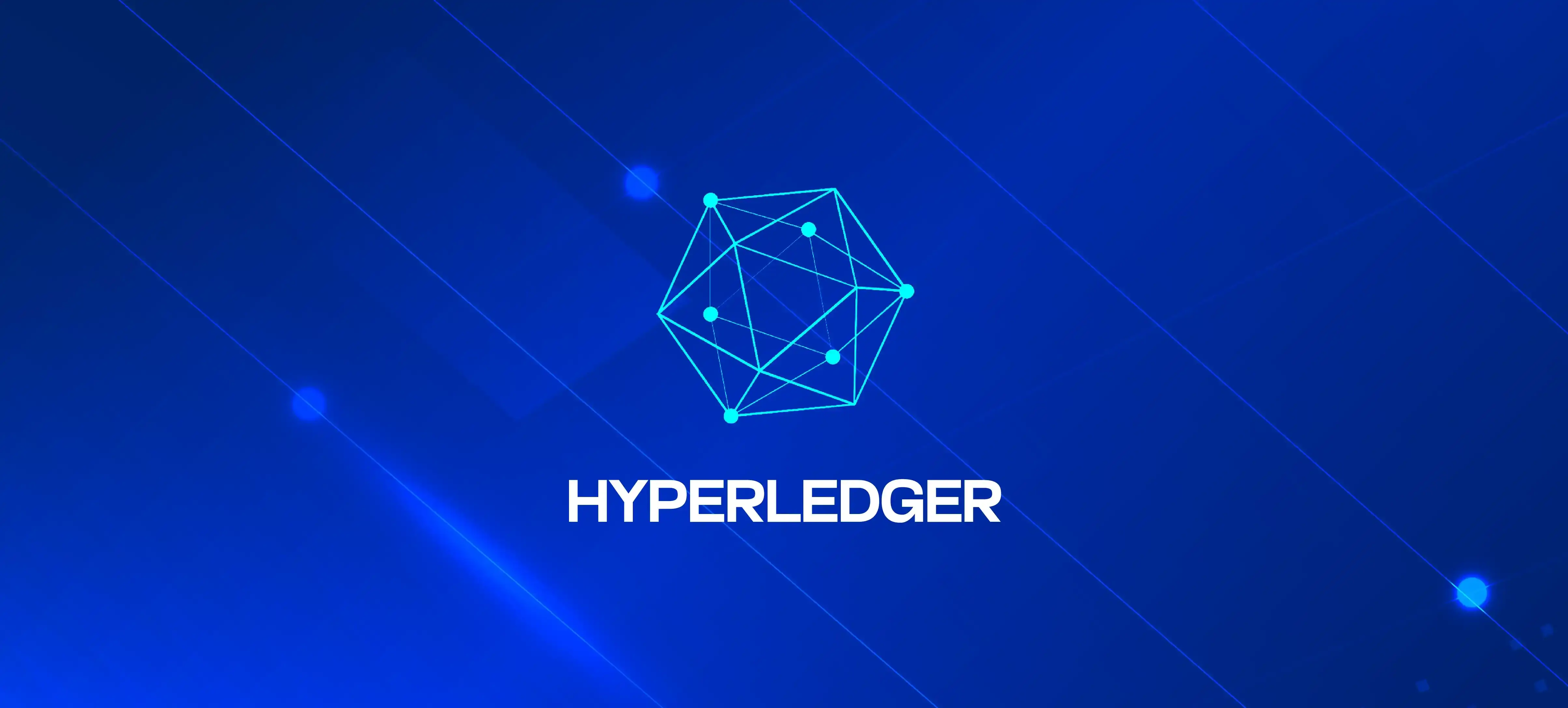
Are EVM Chains Better Than Other Chains?
Table of Contents
- What is an EVM Chain?
- Interoperability: The Core Strength of EVM Chains
- Scalability: The Advantage of Non-EVM Chains
- Developer Ecosystem and Community Support
- Security and Decentralization: A Comparative Analysis
- Gas Fees and Transaction Costs: A Key Differentiator
- User Experience and Adoption Rates
- Conclusion: Choosing Between EVM and Non-EVM Chains
As blockchain technology evolves, developers face a critical choice: building on Ethereum Virtual Machine (EVM) compatible chains or opting for non-EVM alternatives. The debate between EVM chains and other blockchain platforms centers around scalability, interoperability, and innovation. Understanding the strengths and weaknesses of each is essential for developers and Web3 companies aiming to choose the best platform for their projects.
What is an EVM Chain?
An EVM chain is a blockchain that supports the Ethereum Virtual Machine, a computation engine enabling smart contracts to run on its network. The EVM is the heart of Ethereum and any compatible chain, like Binance Smart Chain, Avalanche, and Polygon. These chains can execute the same smart contracts as Ethereum, making them highly interoperable and providing access to the extensive Ethereum ecosystem.
-
Interoperability: The Core Strength of EVM Chains
One of the most significant advantages of EVM chains is their interoperability. Since they share the same smart contract standard (ERC-20, ERC-721), developers can seamlessly port their dApps across EVM-compatible chains without major code changes. This flexibility reduces development time and costs, allowing for faster multi-chain deployment.

Leveraging Existing Developer Tools
With the widespread adoption of EVM, developers benefit from robust tooling, including MetaMask, Hardhat, and Truffle, along with established developer communities. This widespread support reduces the learning curve for new projects. It accelerates time-to-market, making EVM chains an attractive choice for Web3 companies aiming for rapid deployment and broad user reach.
However, this widespread compatibility can also lead to network congestion and high gas fees, challenges that non-EVM chains often seek to address with alternative architectures.
-
Scalability: The Advantage of Non-EVM Chains
Non-EVM chains like Solana, Cardano, and Algorand were designed to tackle the scalability issues inherent in many EVM-based blockchains. These platforms often use different consensus mechanisms, such as Proof of History (PoH) in Solana or Ouroboros PoS in Cardano, which can handle thousands of transactions per second with minimal fees.
Exploring Different Consensus Mechanisms
Non-EVM chains frequently implement innovative consensus algorithms, aiming to solve the blockchain trilemma—balancing decentralization, scalability, and security. Solana’s PoH, for example, provides a unique approach to consensus by using a cryptographic timestamp to order transactions efficiently. This allows it to achieve significantly higher throughput compared to Ethereum’s current Proof of Stake (PoS) mechanism.

-
Developer Ecosystem and Community Support
The strength of a blockchain often depends on its developer ecosystem and community support. EVM chains have a massive head start due to Ethereum’s popularity as the first smart contract platform. They benefit from an extensive network of developers, resources, and educational materials, which accelerates innovation and reduces the barriers to entry for new projects.
Non-EVM Chains: Building Their Ecosystem
On the flip side, non-EVM chains like Polkadot and NEAR Protocol have built unique ecosystems focused on solving specific challenges. For instance, Polkadot’s parachain model enables high interoperability between different blockchains, providing a flexible environment for developers looking to create specialized solutions without the constraints of the EVM architecture.
This growing support has led to a rise in layer-1 and layer-2 solutions that can offer comparable or even superior performance compared to EVM chains. The diversity of options empowers developers to choose a platform tailored to their project's needs.
-
Security and Decentralization: A Comparative Analysis
Security remains a top priority for blockchain platforms. EVM chains, especially Ethereum, have a strong track record of resilience, with a robust validation network and decentralized architecture. The large number of validators contributes to greater security and resistance against attacks, making EVM chains a trusted choice for DeFi projects.
Non-EVM Chains and Emerging Security Protocols
Non-EVM chains like Cosmos have introduced unique security features such as Inter-Blockchain Communication (IBC), which enhances the security and interoperability of cross-chain transactions. These innovative approaches are designed to offer higher security without compromising scalability. However, new and smaller non-EVM chains may face challenges in attracting sufficient validators, potentially impacting their level of decentralization and security.

-
Gas Fees and Transaction Costs: A Key Differentiator
Fee Structure of Non-EVM Chains
Non-EVM chains often employ different fee models, making transactions more affordable. For instance, Algorand offers negligible transaction fees, while Cardano uses an efficient PoS model to keep costs low. This reduced fee structure is particularly beneficial for projects focusing on microtransactions and high-frequency trading.
Choosing a blockchain with lower fees can be crucial for projects targeting mass adoption, where minimizing user costs is essential for scaling. For Web3 companies, this could be the deciding factor when evaluating EVM versus non-EVM chains.

-
User Experience and Adoption Rates
EVM-compatible chains offer a more familiar user experience due to their compatibility with Ethereum-based tools and wallets. This ease of use lowers barriers for users transitioning between different dApps, making it easier to onboard new participants into the ecosystem.
Non-EVM Chains and User Education
Conversely, non-EVM chains often provide unique features and user experiences that require additional education for users. For example, Solana’s Phantom Wallet and NEAR Protocol’s Account Model offer distinct user experiences that differ from the standard Ethereum wallets like MetaMask. These differences can be advantageous in providing new functionalities but may also require more significant user education and onboarding efforts.
With the increasing adoption of non-EVM chains, new tools and integrations are being developed to enhance user experience, making these platforms more accessible and competitive.
Conclusion: Choosing Between EVM and Non-EVM Chains
The choice between EVM-compatible chains and non-EVM chains is not a matter of which is universally better but which is more suited to the project’s specific needs. EVM chains offer unparalleled interoperability, a mature developer ecosystem, and strong security, making them ideal for projects seeking rapid deployment within the Ethereum ecosystem.
On the other hand, non-EVM chains provide innovative solutions to scalability and cost, appealing to projects aiming to leverage cutting-edge technologies and lower fees. Developers and Web3 companies should assess their project requirements, target audience, and long-term goals to determine the best platform.
In conclusion, while EVM chains excel in compatibility and established support, non-EVM chains offer novel approaches to scalability and efficiency, driving the future of blockchain technology. The growing diversity in blockchain options ensures a vibrant and innovative ecosystem where developers have the tools to build the next generation of Web3 applications.
Table of Contents
- What is an EVM Chain?
- Interoperability: The Core Strength of EVM Chains
- Scalability: The Advantage of Non-EVM Chains
- Developer Ecosystem and Community Support
- Security and Decentralization: A Comparative Analysis
- Gas Fees and Transaction Costs: A Key Differentiator
- User Experience and Adoption Rates
- Conclusion: Choosing Between EVM and Non-EVM Chains
As blockchain technology evolves, developers face a critical choice: building on Ethereum Virtual Machine (EVM) compatible chains or opting for non-EVM alternatives. The debate between EVM chains and other blockchain platforms centers around scalability, interoperability, and innovation. Understanding the strengths and weaknesses of each is essential for developers and Web3 companies aiming to choose the best platform for their projects.
What is an EVM Chain?
An EVM chain is a blockchain that supports the Ethereum Virtual Machine, a computation engine enabling smart contracts to run on its network. The EVM is the heart of Ethereum and any compatible chain, like Binance Smart Chain, Avalanche, and Polygon. These chains can execute the same smart contracts as Ethereum, making them highly interoperable and providing access to the extensive Ethereum ecosystem.
-
Interoperability: The Core Strength of EVM Chains
One of the most significant advantages of EVM chains is their interoperability. Since they share the same smart contract standard (ERC-20, ERC-721), developers can seamlessly port their dApps across EVM-compatible chains without major code changes. This flexibility reduces development time and costs, allowing for faster multi-chain deployment.

Leveraging Existing Developer Tools
With the widespread adoption of EVM, developers benefit from robust tooling, including MetaMask, Hardhat, and Truffle, along with established developer communities. This widespread support reduces the learning curve for new projects. It accelerates time-to-market, making EVM chains an attractive choice for Web3 companies aiming for rapid deployment and broad user reach.
However, this widespread compatibility can also lead to network congestion and high gas fees, challenges that non-EVM chains often seek to address with alternative architectures.
-
Scalability: The Advantage of Non-EVM Chains
Non-EVM chains like Solana, Cardano, and Algorand were designed to tackle the scalability issues inherent in many EVM-based blockchains. These platforms often use different consensus mechanisms, such as Proof of History (PoH) in Solana or Ouroboros PoS in Cardano, which can handle thousands of transactions per second with minimal fees.
Exploring Different Consensus Mechanisms
Non-EVM chains frequently implement innovative consensus algorithms, aiming to solve the blockchain trilemma—balancing decentralization, scalability, and security. Solana’s PoH, for example, provides a unique approach to consensus by using a cryptographic timestamp to order transactions efficiently. This allows it to achieve significantly higher throughput compared to Ethereum’s current Proof of Stake (PoS) mechanism.

-
Developer Ecosystem and Community Support
The strength of a blockchain often depends on its developer ecosystem and community support. EVM chains have a massive head start due to Ethereum’s popularity as the first smart contract platform. They benefit from an extensive network of developers, resources, and educational materials, which accelerates innovation and reduces the barriers to entry for new projects.
Non-EVM Chains: Building Their Ecosystem
On the flip side, non-EVM chains like Polkadot and NEAR Protocol have built unique ecosystems focused on solving specific challenges. For instance, Polkadot’s parachain model enables high interoperability between different blockchains, providing a flexible environment for developers looking to create specialized solutions without the constraints of the EVM architecture.
This growing support has led to a rise in layer-1 and layer-2 solutions that can offer comparable or even superior performance compared to EVM chains. The diversity of options empowers developers to choose a platform tailored to their project's needs.
-
Security and Decentralization: A Comparative Analysis
Security remains a top priority for blockchain platforms. EVM chains, especially Ethereum, have a strong track record of resilience, with a robust validation network and decentralized architecture. The large number of validators contributes to greater security and resistance against attacks, making EVM chains a trusted choice for DeFi projects.
Non-EVM Chains and Emerging Security Protocols
Non-EVM chains like Cosmos have introduced unique security features such as Inter-Blockchain Communication (IBC), which enhances the security and interoperability of cross-chain transactions. These innovative approaches are designed to offer higher security without compromising scalability. However, new and smaller non-EVM chains may face challenges in attracting sufficient validators, potentially impacting their level of decentralization and security.

-
Gas Fees and Transaction Costs: A Key Differentiator
Fee Structure of Non-EVM Chains
Non-EVM chains often employ different fee models, making transactions more affordable. For instance, Algorand offers negligible transaction fees, while Cardano uses an efficient PoS model to keep costs low. This reduced fee structure is particularly beneficial for projects focusing on microtransactions and high-frequency trading.
Choosing a blockchain with lower fees can be crucial for projects targeting mass adoption, where minimizing user costs is essential for scaling. For Web3 companies, this could be the deciding factor when evaluating EVM versus non-EVM chains.

-
User Experience and Adoption Rates
EVM-compatible chains offer a more familiar user experience due to their compatibility with Ethereum-based tools and wallets. This ease of use lowers barriers for users transitioning between different dApps, making it easier to onboard new participants into the ecosystem.
Non-EVM Chains and User Education
Conversely, non-EVM chains often provide unique features and user experiences that require additional education for users. For example, Solana’s Phantom Wallet and NEAR Protocol’s Account Model offer distinct user experiences that differ from the standard Ethereum wallets like MetaMask. These differences can be advantageous in providing new functionalities but may also require more significant user education and onboarding efforts.
With the increasing adoption of non-EVM chains, new tools and integrations are being developed to enhance user experience, making these platforms more accessible and competitive.
Conclusion: Choosing Between EVM and Non-EVM Chains
The choice between EVM-compatible chains and non-EVM chains is not a matter of which is universally better but which is more suited to the project’s specific needs. EVM chains offer unparalleled interoperability, a mature developer ecosystem, and strong security, making them ideal for projects seeking rapid deployment within the Ethereum ecosystem.
On the other hand, non-EVM chains provide innovative solutions to scalability and cost, appealing to projects aiming to leverage cutting-edge technologies and lower fees. Developers and Web3 companies should assess their project requirements, target audience, and long-term goals to determine the best platform.
In conclusion, while EVM chains excel in compatibility and established support, non-EVM chains offer novel approaches to scalability and efficiency, driving the future of blockchain technology. The growing diversity in blockchain options ensures a vibrant and innovative ecosystem where developers have the tools to build the next generation of Web3 applications.




